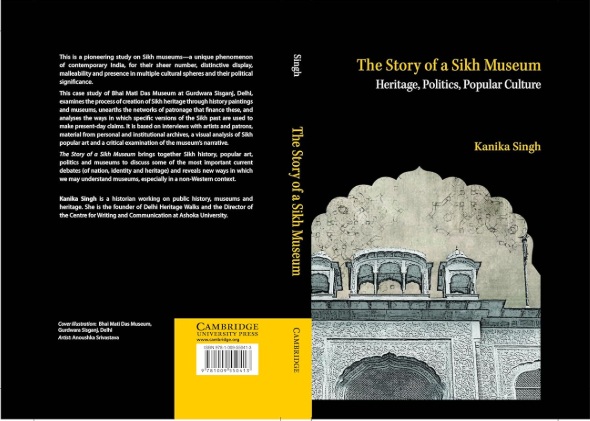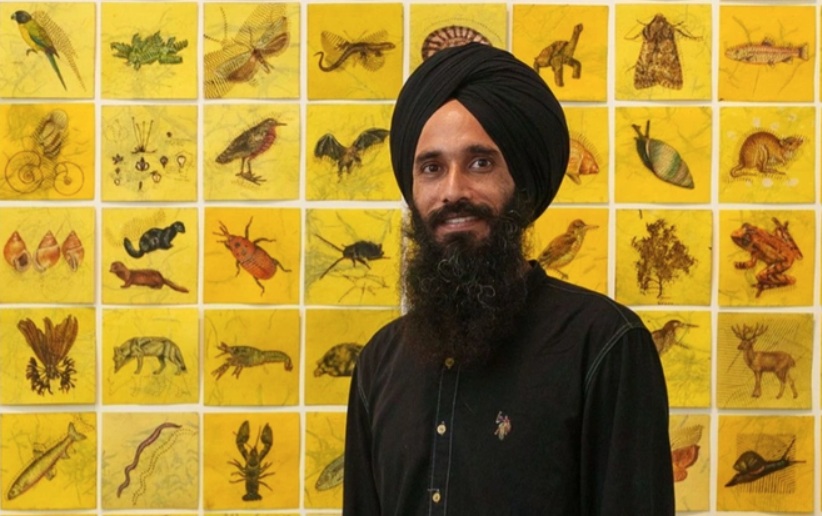Yogesh Snehi reviews Kanika Singh’s book The Story of a Sikh Museum: Heritage, Politics, Popular Culture. The Sikh tradition has long had an ambivalent relationship with visual representations of its past. This artistic tradition has always been contested because art is shaped not only by its subject—in this case, Sikh history—but also by its style, medium, and interpretation. This visual tradition continued through the 19th century but underwent a major shift in the 20th century. A new generation of patrons and artists began depicting familiar subjects in a realist style, heavily influenced by European art. Changes in treatment, technique, The book examines how this modern tradition of realist painting shaped Sikh perceptions of their own past. It focuses on the 169 paintings commissioned by the Punjab and Sind Bank (PSB) since the 1970s—one of the largest efforts to create an authoritative visual narrative of Sikh history. These works inspired popular calendar art and led to the establishment of the Bhai Mati Das Museum (BMDM) in Delhi’s Chandni Chowk in 2001 by the Delhi Sikh Gurdwara Management Committee. This intersection of social reform, religious identity, and banking history offers fascinating insights into the evolution of patronage for realist art, especially in the form of thematic annual calendars. The paintings expanded the scope of Sikh visual narratives beyond piety-centered Janamsakhi (life stories) to include portraits and episodes from the lives of later Gurus, their battles and martyrdoms, significant devotees and events from the 19th and 20th centuries. Singh argues that Sikh museums, like BMDM, challenge conventional definitions of a museum. Rather than displaying artifacts, BMDM showcases modern realist paintings. Temporal and religious functions merge within this space, turning the museum into more than a historical archive — it becomes a living witness to Sikh political and spiritual memory. The book is a richly researched and deeply engaging study of how art, politics, and public memory intersect in the making of Sikh visual culture. It is an essential read for anyone interested in heritage, religious representation, and the evolving ways in which communities imagine and narrate their past. The book is published by Cambridge University Press.


Like what you're reading? Subscribe to our top stories.
Liv Forum provides a digest of analysis on major issues facing Indian (East) Panjab and Sikhs globally.
In accordance with our Privacy Policy, we will never share or sell the information of our subscribers.


.jpg)


.jpg)
